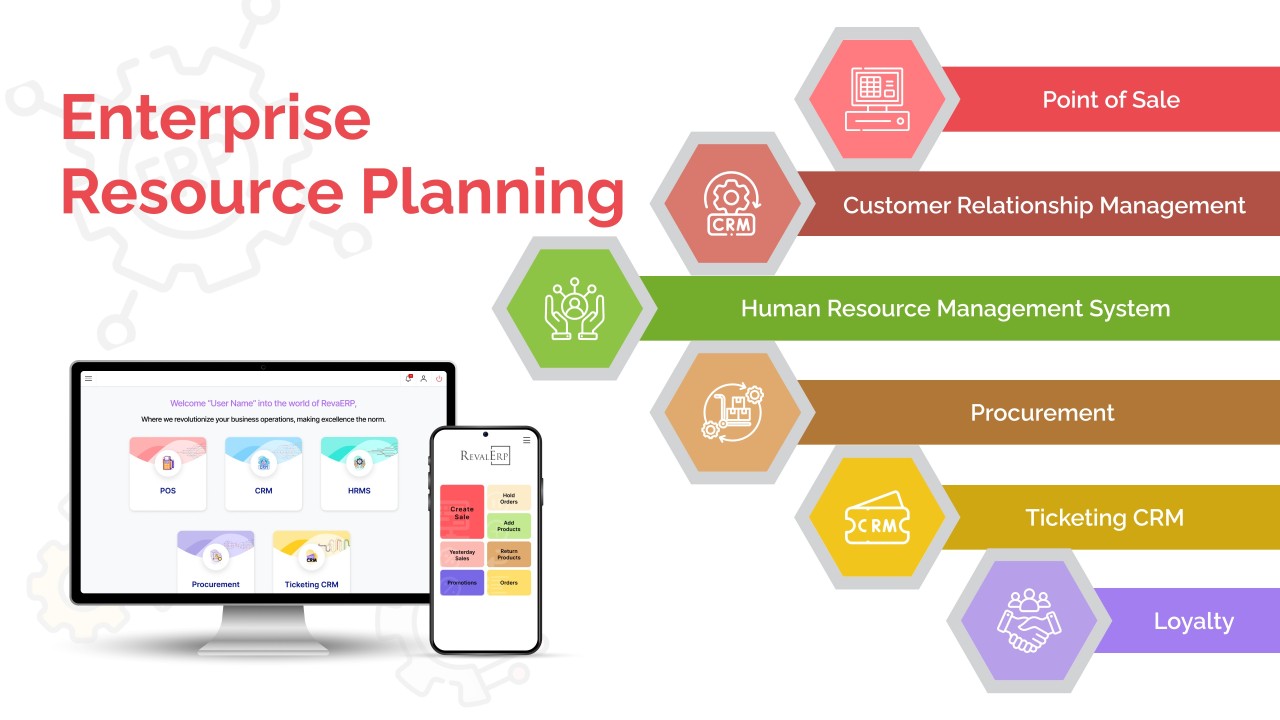Enterprise Resource Planning (ERP) Software: A Comprehensive Overview for Top Businesses
In today’s fast-paced business environment, organizations are constantly seeking ways to improve efficiency, streamline operations, and maintain a competitive edge. One of the most effective solutions to achieve these objectives is through Enterprise Resource Planning (ERP) software. This comprehensive system integrates various business processes and functions into a unified platform, enabling organizations to optimize resources, enhance decision-making, and drive growth. Here’s an in-depth look at ERP software and its significance for top businesses.
1. Understanding ERP Software
Enterprise Resource Planning (ERP) software is a suite of integrated applications designed to manage and automate core business processes. These processes typically include finance, human resources, supply chain management, manufacturing, sales, and customer relationship management (CRM). By consolidating data and workflows into a single system, ERP software provides organizations with real-time insights and improves collaboration across departments.
2. Key Features of ERP Software
ERP systems come with a range of features that cater to the diverse needs of businesses. Some of the key functionalities include:
- Financial Management: ERP software offers robust financial modules that manage budgeting, accounting, reporting, and compliance. This feature allows businesses to gain insights into their financial health and streamline financial operations.
- Human Resource Management: ERP solutions often include tools for managing employee records, payroll, recruitment, and performance evaluation. This centralization helps HR departments manage talent effectively and improve employee satisfaction.
- Supply Chain Management: ERP systems provide tools for inventory management, procurement, and logistics, enabling organizations to optimize their supply chain processes and reduce costs.
- Customer Relationship Management (CRM): Integrated CRM features help businesses track customer interactions, manage sales pipelines, and analyze customer data, leading to improved customer service and loyalty.
- Manufacturing and Production: For manufacturing companies, ERP software assists in production planning, scheduling, and quality control, ensuring that operations run smoothly and efficiently.
- Business Intelligence and Analytics: Many ERP solutions come with built-in reporting and analytics tools that provide valuable insights into key performance indicators (KPIs) and business trends, facilitating informed decision-making.
3. Benefits of ERP Software for Businesses
Implementing ERP software can yield numerous benefits, particularly for top businesses looking to enhance their operations:
- Increased Efficiency: By automating routine tasks and centralizing data, ERP systems reduce manual processes, minimize errors, and improve overall productivity.
- Improved Data Accuracy and Reporting: With a single source of truth, ERP software enhances data accuracy, allowing businesses to generate real-time reports and analytics. This level of insight enables better forecasting and strategic planning.
- Enhanced Collaboration: ERP systems break down silos between departments, fostering collaboration and ensuring that everyone has access to the same information. This transparency improves communication and teamwork across the organization.
- Scalability: As businesses grow, their processes become more complex. ERP software is designed to scale with the organization, accommodating increased data volume and additional functionalities as needed.
- Regulatory Compliance: ERP systems can help businesses adhere to industry regulations and compliance standards by providing tools for tracking and reporting necessary data.
- Better Customer Service: With integrated CRM features, ERP software allows businesses to respond quickly to customer inquiries and manage relationships more effectively, leading to higher customer satisfaction.
4. Choosing the Right ERP Solution
Selecting the appropriate ERP software is crucial for maximizing its benefits. Here are some key factors to consider:
- Business Needs: Identify the specific needs of your organization, including industry requirements, key functionalities, and integration capabilities. Different ERP solutions cater to different sectors, so choose one that aligns with your business model.
- Customization and Flexibility: Ensure the ERP system can be tailored to your unique processes. A flexible solution allows for modifications as your business evolves.
- User Experience: A user-friendly interface is essential for ensuring that employees can adopt the system quickly. Training and support resources are also important to facilitate the transition.
- Integration Capabilities: Evaluate the ERP software’s ability to integrate with existing systems and third-party applications. Seamless integration minimizes disruptions and enhances overall functionality.
- Cost: Consider the total cost of ownership, including licensing, implementation, and ongoing maintenance. It’s important to assess whether the expected ROI justifies the investment.
- Vendor Reputation: Research potential ERP vendors to gauge their reputation, customer support, and track record of successful implementations. Customer reviews and case studies can provide valuable insights.
5. Implementation Challenges
While the benefits of ERP software are substantial, the implementation process can be complex and challenging. Common challenges include:
- Change Management: Employees may resist changes to established processes. It’s essential to manage change effectively through communication, training, and support to facilitate adoption.
- Data Migration: Transferring data from legacy systems to the new ERP platform can be time-consuming and fraught with potential errors. A well-planned data migration strategy is critical to ensure accuracy.
- Customization and Configuration: Over-customization can lead to increased complexity and difficulties in upgrades. Striking the right balance between customization and standardization is vital.
- Project Scope Creep: During implementation, the scope of the project may expand beyond initial expectations. Maintaining a clear project scope and timeline helps mitigate this risk.
6. Future Trends in ERP
The landscape of ERP software is continuously evolving. Here are some trends shaping the future of ERP solutions:
- Cloud-Based ERP: Cloud ERP systems are gaining popularity due to their flexibility, scalability, and lower upfront costs. Businesses increasingly prefer cloud solutions for their accessibility and ease of integration.
- Artificial Intelligence (AI) and Machine Learning: Integrating AI and machine learning capabilities into ERP systems enhances data analysis, predictive analytics, and automation, allowing businesses to make smarter decisions.
- Mobile Accessibility: As remote work becomes more prevalent, ERP vendors are focusing on mobile solutions that enable employees to access critical data and perform tasks on the go.
- User-Centric Design: Future ERP solutions are prioritizing user experience with intuitive interfaces and personalized dashboards, making it easier for employees to navigate and utilize the system.







